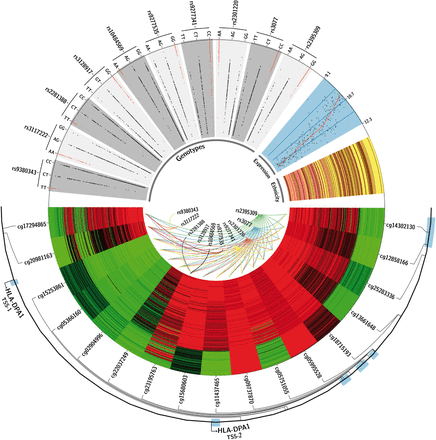The epigenome differentiates the different human populations

A research published on the journal Genome Research describes the existence of epigenetic differences among different human populations. The epigenomes of three hundred healthy individuals of three large human populations (United States Caucasians, Han Chinese Asian people and Sub-Saharan Africans) have been studied.

A research published on the journal Genome Research describes the existence of epigenetic differences among different human populations. The epigenomes of three hundred healthy individuals of three large human populations (United States Caucasians, Han Chinese Asian people and Sub-Saharan Africans) have been studied.
The target genes of these differences among humans are found in all cellular pathways, but it is worth to highlight those related with skin pigmentation and the resistance to infections due to different pathogenic microorganisms, such as virus (Hepatitis B and VIH) and bacteria (Shigella and Escherichia coli). The latter finding may help to explain the different tendencies to develop a disease among people from different geographic origins.
The discovery contributes significantly to explain the richness and diversity of human populations that can no longer be attributed only to a different genome, but also to a different epigenome. The speed and reversibility of epigenetic changes in the genome could also explain how changes in our cells and tissues occur when populations migrate from one territory to another. In evolutionary terms, it provides clues to understand the quick adaptation to the environment of the first humans who dispersed from the Horn of Africa to all over the planet.
Article
H. Heyn, S. Moran, I. Hernando Herráez, S. Sayols, A. Gómez, J. Sandoval, D. Monk, K. Hata, T. Marquès Bonet, L. Wang, M. Esteller. "DNA methylation contributes to natural human variation". Genome Research, August 2013. DOI: 10.1101/gr.154187.112
